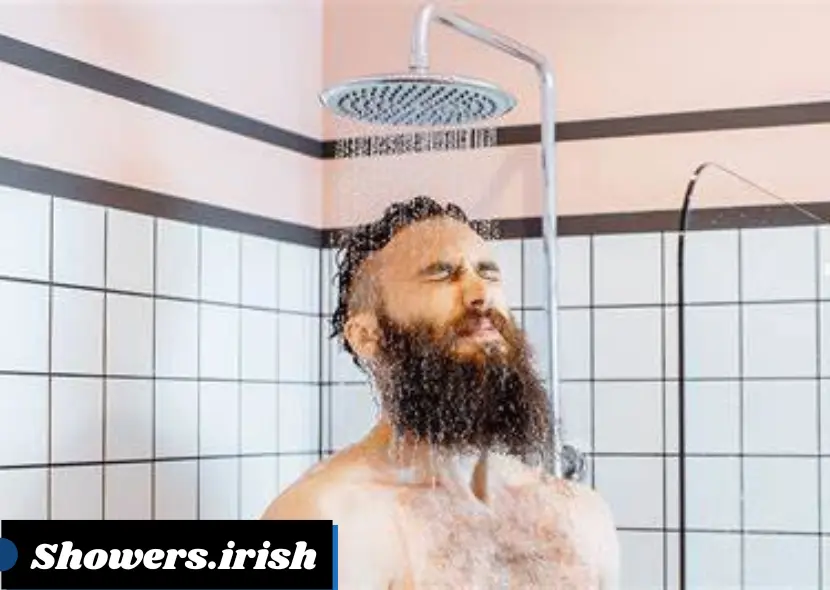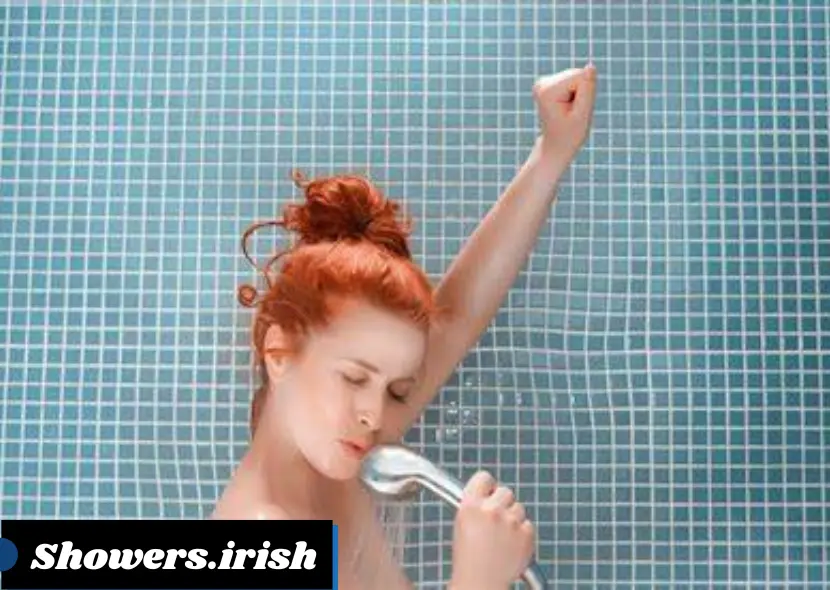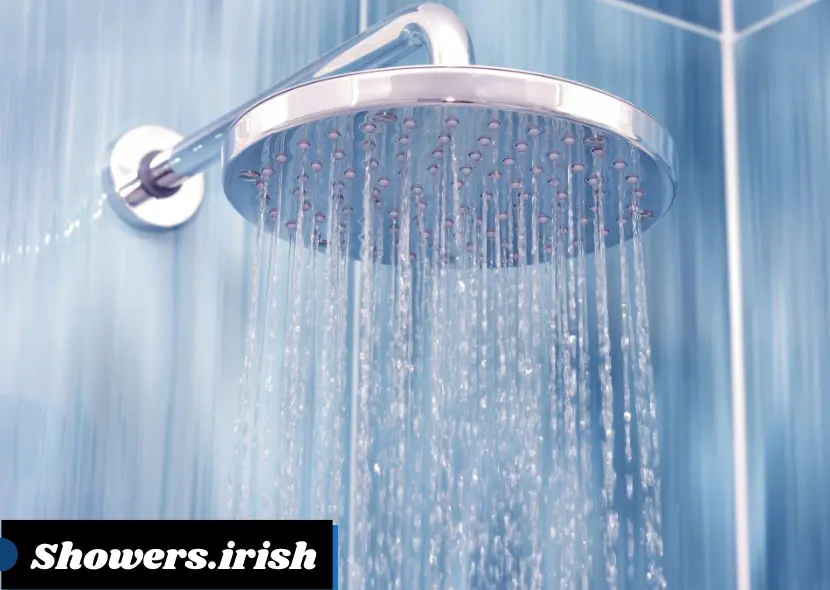Cold showers might seem daunting, but they offer numerous benefits, from improved circulation to enhanced mental resilience. Adapting to cold showers requires a thoughtful approach and some preparation. In this article, we will explore various aspects of cold showers, including their benefits, tips for easing into them, and strategies for making them a sustainable part of your routine.
The Benefits of Cold Showers
Cold showers offer a range of physical and mental health benefits worth considering. Here’s why you might want to take the plunge:
Physical Health Benefits
Cold showers stimulate blood circulation by constricting blood vessels, which helps reduce inflammation and promotes faster muscle recovery. This is particularly beneficial after intense workouts or physical exertion. Additionally, cold showers can boost your immune system by increasing the production of white blood cells, which are crucial for fighting off infections.
Mental Health Benefits
Mentally, cold showers can improve your mood and reduce symptoms of depression. The shock of cold water triggers the release of endorphins, which are natural mood lifters. Regular exposure to cold can also enhance mental resilience, making it easier to cope with stress and adversity.
Improved Skin and Hair
Cold showers can also benefit your skin and hair. Unlike hot water, which can strip natural oils, cold water helps to tighten pores and retain moisture. This can lead to healthier, more radiant skin and shinier hair. Cold water also helps to reduce dandruff and may improve scalp health.
Enhanced Metabolism
Exposure to cold water can increase your metabolic rate as your body works harder to maintain its core temperature. This can potentially aid in weight management and fat loss, making cold showers an interesting complement to a balanced diet and exercise routine.
How to Start Taking Cold Showers
Transitioning to cold showers can be challenging, but with the right approach, it can be a smoother process. Here’s how you can begin:

Gradual Temperature Decrease
One effective way to adapt to cold showers is by gradually lowering the temperature of your water. Start with a warm shower and slowly decrease the temperature over several days. This gradual reduction helps your body acclimate to the cold without overwhelming it.
Use a Timer
Incorporate a timer into your routine to help you get used to the sensation of cold water. Start with shorter durations, such as 30 seconds, and gradually increase the time as you become more comfortable. This approach helps to build tolerance and makes the experience more manageable.
Focus on Breathing
Proper breathing techniques can help you stay calm and focused during a cold shower. Practice deep, slow breaths to control your body’s response to the cold. This not only helps in maintaining comfort but also improves overall relaxation during the shower.
Mindset Matters
Your mental attitude plays a crucial role in adapting to cold showers. Embrace the cold as a challenge rather than a discomfort. Positive self-talk and visualization techniques can help you stay motivated and resilient throughout the adaptation process.
Overcoming Common Challenges
Adjusting to cold showers may come with its own set of challenges. Here’s how to tackle some common issues:
Initial Shock and Discomfort
The initial shock of cold water can be quite intense. To ease this, try gradually immersing yourself in the water, starting with your feet and slowly moving upwards. This technique can help your body adjust more gently to the cold.
Maintaining Consistency
Staying consistent with cold showers can be difficult, especially during colder months. To maintain motivation, set specific goals or rewards for yourself. You could also incorporate cold showers into a larger self-care routine to reinforce the habit.
Dealing with Seasonal Changes
In winter, cold showers can feel even more challenging. Consider using a space heater in your bathroom or adjusting your shower schedule to warmer parts of the day. These adjustments can make the experience more comfortable while still allowing you to reap the benefits of cold exposure.
Ensuring Safety
If you have any pre-existing medical conditions or concerns, consult with a healthcare professional before starting cold showers. Individuals with conditions such as Raynaud’s disease or cardiovascular issues should take extra precautions or avoid cold showers altogether.
Making Cold Showers a Habit
Turning cold showers into a regular part of your routine requires dedication and strategy. Here are some tips to help you integrate them into your daily life:

Set a Routine
Consistency is key to making cold showers a habit. Set a specific time each day for your cold shower, whether it’s in the morning or after a workout. Establishing a routine helps in building the habit and makes it easier to stick with it long-term.
Track Your Progress
Keep a journal or use an app to track your progress with cold showers. Record your experiences, noting any improvements in mood, energy levels, or physical health. Tracking your progress can serve as motivation and help you recognize the benefits of cold showers over time.
Engage in Cold Shower Challenges
Participate in cold shower challenges or online communities to stay motivated. Engaging with others who are also taking cold showers can provide support, encouragement, and additional tips. This communal approach can make the process more enjoyable and less solitary.
Combine with Other Wellness Practices
Integrate cold showers with other wellness practices, such as meditation or exercise, to enhance their benefits. Combining cold exposure with activities that promote relaxation and overall well-being can create a comprehensive self-care routine.
Conclusion
Adapting to cold showers can be a transformative experience, offering a range of physical and mental health benefits. By starting gradually, focusing on breathing, and maintaining a positive mindset, you can ease into the practice and make it a sustainable part of your routine. Overcoming common challenges and incorporating cold showers into a broader wellness plan can help you fully embrace the benefits of this invigorating habit.
Call to Action: Ready to take the plunge? Start with a gradual approach, track your progress, and stay engaged with cold shower communities. For more tips on building healthy habits and improving well-being, explore our related articles and resources.
Frequently Asked Questions (FAQs)
1. What are the main benefits of taking cold showers?
Cold showers offer several benefits, including improved circulation, enhanced mental resilience, better skin and hair health, and a boost in metabolism. They can also improve mood and support muscle recovery.
2. How can I start taking cold showers if I’m not used to them?
Begin by gradually lowering the temperature of your shower over several days. Start with warm water and slowly decrease the temperature. Using a timer and focusing on deep breathing can also help ease the transition.
3. How long should I stay under a cold shower?
Start with short durations, such as 30 seconds, and gradually increase the time as you become more comfortable. Aim for 2-5 minutes once you’re accustomed to the cold.
4. What should I do if I feel uncomfortable during a cold shower?
If you feel uncomfortable, try immersing your body in the water gradually, starting with your feet and working up. Breathing deeply and maintaining a positive mindset can also help manage discomfort.
5. Are showers safe for everyone?
showers are generally safe for most people but consult a healthcare professional if you have specific medical conditions like Raynaud’s disease or cardiovascular issues. They can provide guidance on whether showers are appropriate for you.
If you’re adapting to showers, you might also be dealing with the challenge of hard water spots on your shower glass. Hard water can leave unsightly spots and stains that detract from the clean look of your shower. Fortunately, there are effective ways to tackle this issue. Regular cleaning with a mixture of vinegar and water can help prevent mineral buildup, and using a squeegee after each shower can reduce spots. For a more thorough solution, consider exploring tips and tricks on managing hard water spots in your shower glass.
For additional information and detailed cleaning strategies, check out this helpful guide: How to Remove Hard Water Spots from Shower Glass. It provides practical advice to keep your shower glass sparkling clean while you enjoy the benefits of your new cold shower routine.
Credit Website: www.ireland.ie/
